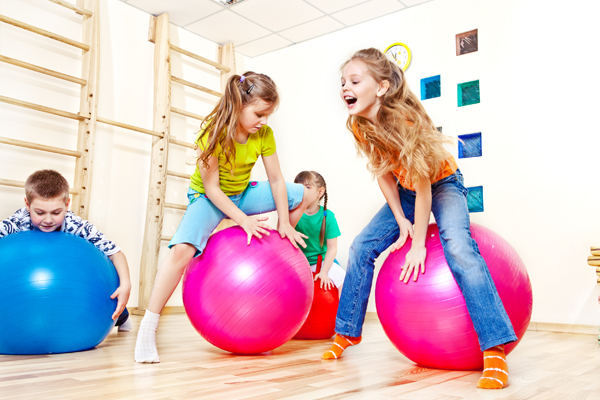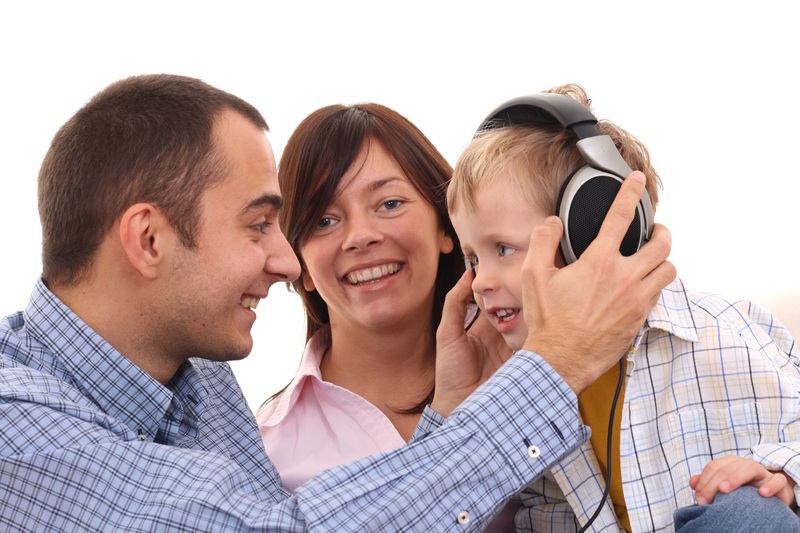Specialised Programmes
As leaders in the field of child development we are delighted to work closely with families, using a wide variety of programmes which combine up-to-the-minute sensory integrative and neurologically-based techniques combined with speech and language therapy techniques so that your child can achieve their true potential. We are seeing children achieve incredible results in weeks rather months and months rather than years. Children who were told they would never talk, never have friends or attend mainstream school.
Whether home-based or in our centre, you will see your child achieve results.
With an in-depth understanding of the child’s neurological development, we can then develop the most effective treatment programmes for each child.
Here are a list and details of some of the specialised programmes that we provide for families.
The LiFT™ Programme
We at the Child Development Centre are delighted to be the only centre in Ireland qualified to offer this highly effective LiFT programme.
The LiFT programme can take place in-clinic as part of our LiFT Camps or in the comfort of your own home as a home programme.
We have been providing the LiFT programme to many families over the past sixteen years and we continue to be delighted and amazed by the great progress that we see with each and every child.
Now you will be able to see the changes too, whether you decide to do an in-clinic LiFT or home LiFT programme, the results are exactly the same.
You will be able to see improvements in all developmental areas including:
- attention, listening and concentration skills,
- receptive and expressive language skills,
- speech clarity,
- academic ability,
- gross and fine motor skills,
- reading ability,
- social skills,
- desire to interact and engage with others.
The LiFT programme is an intensive 30-day sound therapy programme. It takes place in two phases or stages a) the Receptive Phase – three weeks and b) the Expressive Phase – three weeks and is generally separated by a three/four week break to allow for integration of developing skills.
The LiFT programme is suitable for children experiencing the following challenges:
- Auditory processing difficulties,
- Attention/concentration difficulties,
- Learning disabilities,
- Speech and language difficulties,
- Poor gross and fine motor skills regulation,
- Poor organisational skills,
- Reading and writing difficulties,
- Interaction and engagement difficulties,
- Social difficulties.
The LiFT programme is quite distinctive from other sound therapy programmes in terms of its intensity and the results it achieves. It is one of the most highly regarded in-clinic/home sound therapy programmes in the world today.
Neuroplasticity
By: Dr. Norman Doidge MD, Psychiatrist, Psychoanalyst and New York Times bestselling author.
How is it possible to help brain conditions with sound?
Step one
Step two
Step three
LiFT Camps
The LiFT camps are very special and families travel from all over Ireland and Great Britain to attend. Children who attend the LiFT camps are seen in small matched groups i.e. 4-5 children and the ratio of children to Therapeutic Listening Therapist is generally 3:1.
The LiFT camps are great fun and each child has opportunities to engage in sensory activities with arts and crafts whilst listening to the music. LiFT camps take place in a language-rich environment, which is highly conducive to regulating, learning, interacting and engaging.
The LiFT programme is suitable for children experiencing the following challenges:
- Auditory processing difficulties
- Attention/concentration difficulties
- Learning disabilities
- Speech and language difficulties
- Poor gross and fine motor skills regulation
- Poor organisational skills
- Reading and writing difficulties
- Interaction and engagement difficulties
- Social difficulties
Parents have reported improvements in the following areas as a result of the LiFT™ programme:
Improvements
- concentration and focus,
- modulation of ability to stay calm and focused,
- auditory processing skills,
- balance and co-ordination,
- academic ability,
- organisational skills,
- speed of processing for motor and language,
- Better attention and listening skills.
Social and Emotional Development
- expressive language i.e. longer utterances, sentences, articulation,
- self-initiation of play and work behaviours,
- eye-contact and turn-taking,
- pragmatic language i.e. social use of language,
- confidence and self-esteem,
- interaction with others,
- independence.
If you are unsure as to whether your child has a listening difficulty which is contributing to their attention, speech, language or learning challenges please click on the Listening Checklist to find out more.
Astronaut Training Programme
“This is a sound activated vestibular-visual protocol to develop skills in moving, looking and listening. This programme has been developed by two of the most innovative paediatric occupational therapists;” – Mary Kawara and Sheila Frick.
Astronaut Training Programme as developed by Mary Kawar, MS, OTR, Sheila Frick., OTR and Ron Frick.
This protocol was developed to promote and integrate visual and vestibular functioning so that a child is looking more appropriately, has better eye-contact, with both eyes working better together and more effectively with the body, movement is generally more organised and coordinated, visual processing of information is better both at school and at home.
The protocol involves rotary activation of the three semicircular canals of the vestibular system followed by functional eye-movement exercises, which comprise both vertical saccadic and smooth pursuit exercises.
We will discuss this programme in detail with you and demonstrate it to you if we feel it will be of benefit to your child.
Therapeutic Listening Programme
Including Advanced Therapeutic Listening and Samonas Sound Therapy
 Many experienced clinicians are incorporating sound-based programmes into their practices in the USA, with very exciting results. We are doing the same with the LIFT™ programme and also Therapeutic Listening™, Advanced Therapeutic Listening™ and Samonas Sound Therapy
Many experienced clinicians are incorporating sound-based programmes into their practices in the USA, with very exciting results. We are doing the same with the LIFT™ programme and also Therapeutic Listening™, Advanced Therapeutic Listening™ and Samonas Sound Therapy
“Therapeutic Listening™ uses sound stimulation in combination with sensory integrative techniques to stimulate brain processing. Therapeutic Listening™ combines a variety of electronically-altered music recordings based on the ideas and technology of Dr. Alfred Tomatis, Guy Berard, Ingo Steinbach ad Sheila Frick within a sensory integrative framework” – Frick (2001)
Individual Therapeutic Listening
Individual listening programmes are developed by our clinicians to address each child’s specific areas of need.
Listening programmes can be developed for clients attending the centre and from September 2014 they will be available to clients living abroad via our new and unique international Skype consultation service. Therapeutic Listening programmes usually take place at home. They may also take place at school if so recommended and must be supervised closely by the clinician. Excellent results can be achieved with Therapeutic Listening programme™ in a short period of time.
Changes & progress are generally seen in the following areas:
- Listening and concentration,
- Comprehension and understanding,
- Auditory processing skills,
- Planning and sequencing,
- Learning ability,
- Self-initiation of play and interaction,
- Ability to express self with ease,
- Organisational skills,
- Motivation,
- Eating and sleeping pattern,
- Social and emotional development,
- Independence.
Contraindicators for using sound therapy would be
- Schizophrenia,
- Auditory evoked seizures.
We have used Therapeutic Listening™ at the Child Development Centre for the past fifteen years, with great results. The benefits are extensive and varied; by combining Therapeutic Listening with other sensory integrative techniques including speech and language approaches, we are seeing children achieve better results in shorter time frames. To find out what parents say about Therapeutic Listening™ click on the parent testimonials
‘The choice of music and type of modulation, as well as listening times and activity programme, vary depending on the characteristics of the child.” – Frick (2001)
For further information about Therapeutic Listening please take a look at www.vitallinks.net/
Floortime Approach – PLAY Project
“By doing what your child loves, your child will love being with you” – Dr R. Solomon (2001)
The PLAY (Play and Language for Autistic Youngsters)Project Programme was created by Dr Rick Solomon in 2001 and based on the D.I.R. model of Stanley Greenspan MD.
 Through the PLAY Project Programme we can provide training and support to families of young children (18 months – 6 years) with autism. We can teach parents techniques that are effective, fun and highly useful in day-to-day interactions with their child with autism.
Through the PLAY Project Programme we can provide training and support to families of young children (18 months – 6 years) with autism. We can teach parents techniques that are effective, fun and highly useful in day-to-day interactions with their child with autism.
The intervention is very much based on the Developmental, Individualised, Relationship-based (DIR) approach of Dr Stanley Greenspan, popularly known as Floortime. The methods and techniques are designed to help children resolve the three core deficits of autism:
- self-isolation and impaired social skills
- language difficulties and impaired communication
- stereotyped or repetitive behaviours
The results from research on the model are also very encouraging. Dr Solomon has evaluated the ability of parents to successfully use the play-based approaches and his results indicate that parents can learn the play-based methods.
Nearly half of the children using the PLAY Project Programme model made good to excellent progress and there was 90% satisfaction with the services provided.
The research was published in the peer-reviewed journal, Autism: The International Journal of Research and Practice. Dr Solomon is involved in ongoing research with the PLAY Project Programme.
We find that this is an excellent programme to use with families who have a child with autism or a child who is finding it difficult to interact and engage. It really empowers parents and gives them the skills that they need to develop their child’s skills much further.
By combining the PLAY Project Programme with our other interventions we continue to see excellent results.





